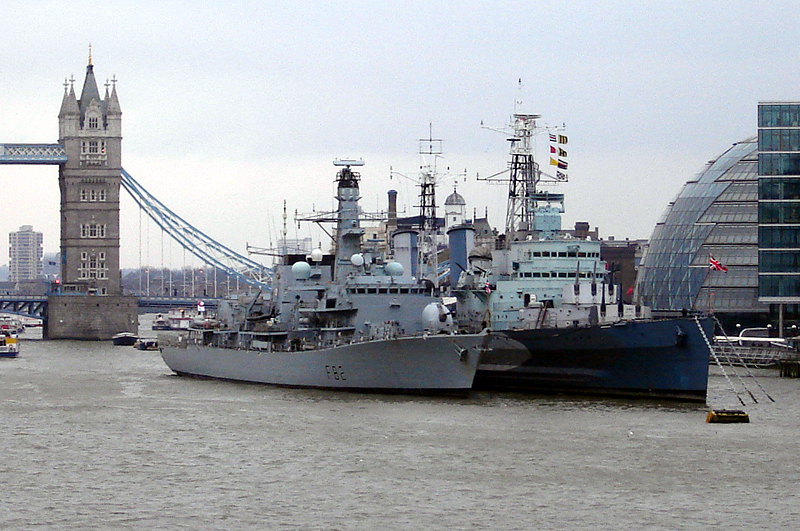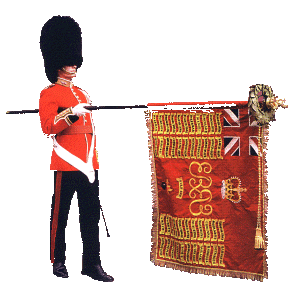
HMS Somerset has been putting its anti-submarine warfare skills to the test in the Norwegian fjords, aggressively pursuing allied submarines at full speed as part of Exercise Arctic Dolphin.
According to the Royal Navy, the two-week drill served as a crucial training ground for Norwegian and Dutch submarine commanders while refining the Royal Navy’s expertise in detecting and engaging underwater threats.
The Type 23 frigate, based in Plymouth, played the role of the adversary, working alongside its Merlin Mk2 helicopter from 814 Naval Air Squadron to relentlessly track and hunt Norwegian and Dutch submarines. The exercise, designed as a high-intensity game of cat and mouse, featured high-speed approaches and intricate maneuvers meant to challenge submarine crews to their limits.
Strengthening NATO Coordination at Sea
HMS Somerset’s Commanding Officer, Commander Matthew Court, emphasized the strategic importance of the exercise:
“This exercise has again proven the strength, coordination, and readiness of our NATO forces. Operating alongside our international partners, we continue to demonstrate our commitment to security and stability at sea.”
The Royal Navy frigate worked in close coordination with Norwegian, Dutch, and Danish forces, further enhancing NATO interoperability. Denmark’s HDMS Niels Juel, a frigate supporting the exercise, contributed to joint operations, with its Seahawk MH-60R helicopter landing on HMS Somerset’s deck for cross-force training.
Advanced Anti-Submarine Warfare Capabilities
The Merlin Mk2 helicopter played a critical role in the operation, using its cutting-edge sonar suite to locate and track submarines in the fjords' complex underwater terrain. Equipped with active dipping sonar, passive and active sonar buoys, radar, and infrared cameras, the Merlin was capable of detecting submarines even when they were at periscope depth.
Lieutenant Charlie Homer, a pilot from Mohawk Flight, highlighted the intensity of the engagement:
“The training has been a game of cat and mouse; there were occasions when we had the advantage over the submarine and also occasions where the submarine made it very difficult for us.”
Training the Next Generation of Submarine Commanders
Exercise Arctic Dolphin is a key component of NATO’s submarine warfare training, particularly for aspiring submarine commanders undergoing their own version of the Royal Navy’s Perisher Course—a notoriously demanding test that determines whether an officer is fit to lead a frontline submarine.
During the exercise, Lieutenant Gregor Phillips, Submarine Liaison Officer on HMS Somerset, observed training from the Dutch Walrus-class submarine HNLMS Zeeleeuw. Reflecting on the experience, he said:
“This was the best way to properly understand what ‘Teacher’ was trying to achieve with his student captains. It allowed HMS Somerset to support their training to a much higher standard by creating challenging eyes-only scenarios through the periscope.”
With its dynamic and challenging training environment, Exercise Arctic Dolphin continues to reinforce NATO’s collective readiness in submarine warfare, ensuring allied forces remain prepared to respond to underwater threats across global waters. Photo by Fin Fahey from London, UK, Wikimedia commons.



































